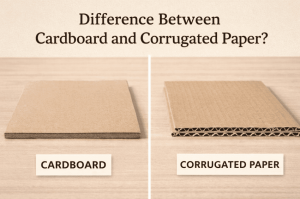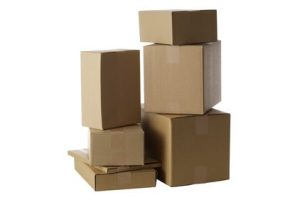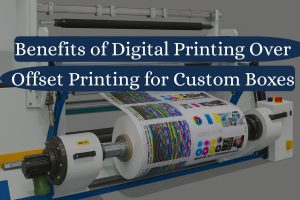Cardboard boxes are among the most common types of packaging. They are widely used for shipping all kinds of products sold in online stores, are used in movings, are used as file storage, as a food box in produce markets and so on. And among its advantages, there is one that is increasingly important for the world today: they are an ecologically correct type of packaging, since they are practically 100% recyclable.
But do you know how the recycling process for cardboard works? That’s what we want to explain with today’s post.
Cardboard box recycling process
Collection is the first step in cardboard recycling. Recyclers and companies collect waste cardboard at designated collection points – warehouses, points of sale that generate waste cardboard, etc.
After collection, all material is measured and transported to recycling facilities, mainly cardboard mills. At this point, some types of cardboard are accepted, others are not. Raw material acceptance sometimes depends on how it was used or manufactured.
Classification step
Once the corrugated cardboard boxes arrive at the recycling plant, they are sorted according to the materials they are made from. In most cases they are classified into corrugated and plain cardboard.
Simple cardboard boxes are the thinnest ones, used for beverage containers or cereal boxes. Corrugated cardboard boxes are used in the storage and transport of goods. Classification is important as cardboard manufacturers produce different cartons and packages based on the materials being reclaimed.
Crushing and pulping
After classification, the next step is crushing and then pulping. Shredding is done to break the cardboard fibers into tiny pieces. Then, after the material is crushed into pieces, it is mixed with water and chemicals.
In this way, it is possible to break the fibers of the paper that transform it into a pasty substance. This process is called pulping.
Filtering, removal of impurities and de-inking
The pulped material is then taken through a comprehensive filtration process to remove impurities. The pulp still goes to a chamber where contaminants such as plastics and metals are removed through a centrifugal process.
The next process, de-inking, involves placing the pulp in a device with chemicals that remove dyes and inks through a series of filters and sieves.
Finishing for reuse
At this stage, the clean pulp is mixed with new production materials, then placed to dry on a flat mat and on heated cylindrical surfaces. As the pulp dries, it passes through an automated machine that removes excess water and forms long rolls of solid plates.
The cardboard fibers are agglomerated, layer by layer, to make a new cardboard sheet. This entire process saves energy and resources.
For all the advantages, use simple cardboard packaging and personalized boxes in your business. If you are in the Vancouver area, please contact us. Racer Boxes is a manufacturer of display boxes, customized boxes with offset printing, produce boxes and others. Click here to ask for a free quote!





Recent Comments